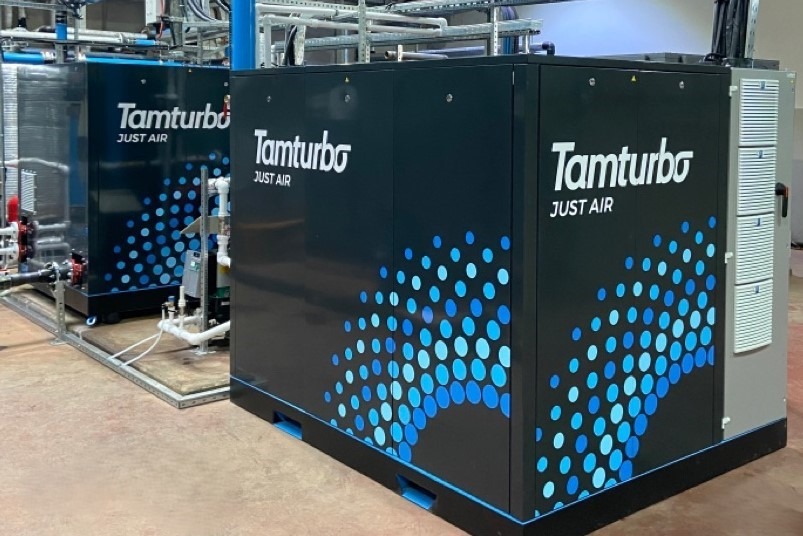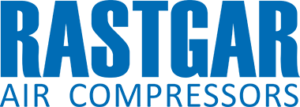The Real Cost of Compressed Air – Why Long-Term Efficiency Matters
Why price tags can be misleading
When evaluating an industrial air compressor, most decision-makers start with the purchase price. After all, it’s the most visible cost – the number on the quote. However, this approach is like buying a car solely based on the sticker price, without considering factors such as fuel consumption, maintenance, or resale value.
For large compressors – especially those rated at 150 kW (200 hp) and above – the economics work out differently than many expect:
- 75-80% of lifetime cost is electricity
- 12-15% is maintenance
- 5-7% is the purchase itself
In other words, the compressor’s energy appetite and maintenance needs will have a far greater financial impact than the upfront investment. Even a small drop in efficiency can cost far more than the original purchase price over a 20-year lifespan.
The short-term ROI trap
ROI calculators are common in procurement processes, but many only measure payback over two to five years. This short window is often driven by budget cycles or corporate reporting requirements — but compressors don’t operate on such short timelines.
Most units stay in service for 15–20 years. This means that a machine with slightly lower efficiency, or one that degrades faster over time, will silently cost you tens or even hundreds of thousands in extra electricity. Overhauls, which are common in traditional designs, can add another hefty bill mid-life.
Why traditional oil-free compressors lose efficiency
Oil-free screw compressors use coated rotors to prevent wear and maintain tight clearances. Over time, these coatings erode due to friction, heat, and particulate contamination. The result is increased leakage inside the compression chamber and reduced air output for the same power draw.
What’s not obvious is that most manufacturer efficiency ratings are measured at zero-hour performance – the day the machine leaves the factory. After 3–5 years, especially in demanding environments, the gap between advertised and actual efficiency can be significant.
To make matters worse, major overhauls are often needed every 5–8 years, each costing up to 60% of the original purchase price. That’s before you even account for downtime.

How Tamturbo maintains peak performance for decades
Tamturbo takes a different approach. Our Touch-Free™ technology uses Active Magnetic Bearings to suspend the rotors completely without contact. There’s no friction, no wear, and no coating to degrade.
The Permanent Magnet Synchronous Motor is efficient across the full operating range, and the integrated Variable Speed Drive ensures the compressor only produces as much air as your process actually needs. That means less wasted energy during periods of lower demand.
The result: identical efficiency in year 15 as in year one, with no costly overhauls, no rotor replacement, and minimal maintenance.
The long-term view pays off
When procurement teams compare options, focusing on upfront price or short ROI periods can lead to costly mistakes. Over two decades, the difference between a degrading system and a constant-efficiency system like Tamturbo is not just measurable — it’s massive.
By planning for the true lifetime of your compressor, you can:
- Lower your total cost of ownership
- Reduce unplanned downtime
- Cut electricity consumption
- Minimize environmental impact
